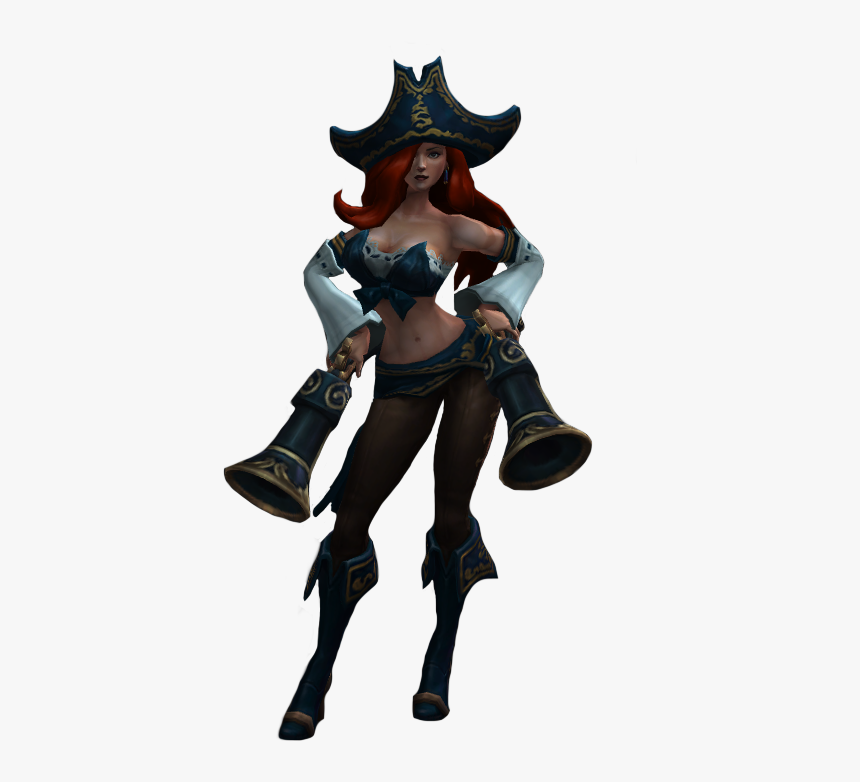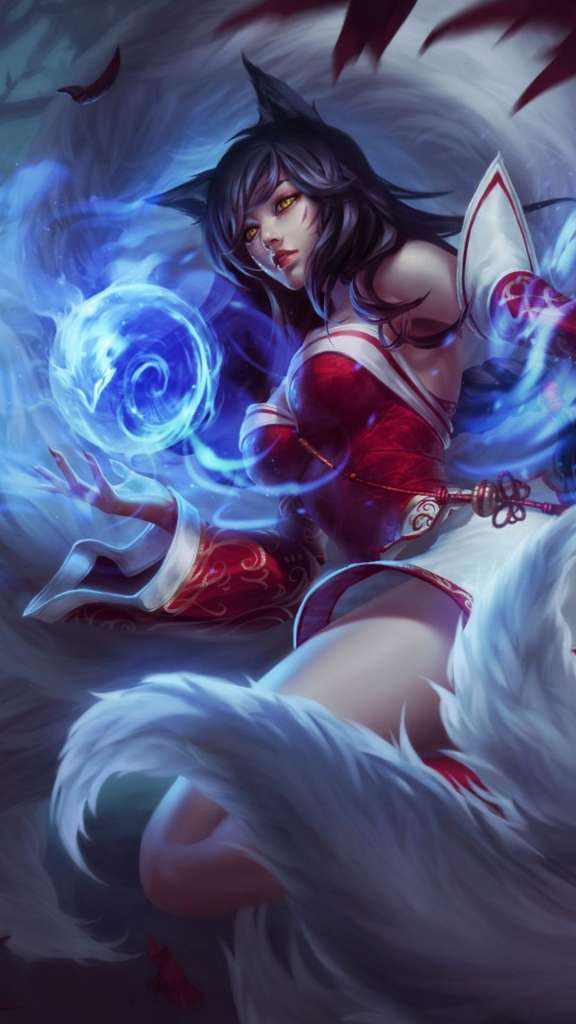Seriously! As a woman, I am really tired of seeing female characters in video games all with large breasts, an unbelievably tiny waist, and toned abs (a.k.a. the ‘bombshell‘). There are unlimited examples of this: for example, two female characters in League of Legends like Miss Fortune and Ahri. I am not an avid gamer, yet it did not take me long to notice this pattern. The biggest issue here is that without proper representation, women can start to feel insecure about their own real-life bodies.
Oversexualization & Views of Women
I will admit that this is not a new topic. Female representation in video games has been an object of study (and controversy) since the 1980s. Yet it is still important to have conversations about it today! Women and our bodies are already sexualized in real-life. Our bodies are objectified and sometimes even feel like an object of consumption or sex, rather than a sacred part of our lives. We have been taught to be ashamed of our bodies, rather than to embrace them. I feel as though representations, like we see in video games, adds fuel to this fire- producing more and more unrealistic representations of the female body. For the purposes of this blog, I will not delve into the sexualization and commodification of male bodies, yet it is another essential topic that needs to be discussed and broken down. The proportions of female bodies in video games are, for starters, unrealistic. The body type that is promoted is not naturally achievable in real-life, which also sets up unrealistic expectations of what women should look like. The cultivation theory can help to explain this: according to this theory, an audience’s perceptions of reality are shaped by media, and the more media one consumes the more they are influenced. So these body types depicted could lead some to believe that women need to have large breasts and a tiny waist. This is, in reality, only achievable through plastic surgery, and to do this you will need to spend a lot of money. You may also end up looking botched, or like some out-of-this-world being as seen below. (Yes, this is a real person.)

Negative Impacts
The biggest problem with these oversexualized characters is that real women are not represented. Not only this, yet often women of color or other minorities are not even represented at all. This can lead to issues with body image which can then lead to serious mental health issues such as body dysmorphia and/or eating disorders, and depression. One source reports that 91% of women are unhappy with their bodies. This can range from one small detail, such as nose shape, to their whole body shape. Women strive to achieve body shapes that aren’t even naturally possible. These video game characterizations promote this ‘ideal’ yet extremely unnatural body shape. Women are then led to believe that this is what they should look like, when in reality everyone comes in different shapes, sizes, and colors.
What I Want to See & Other Considerations/Questions
In general, I would simply love to see more consideration taken when developing female video game characters. There should be a representation of all types of women, not just one. I also cannot help but wonder that if these misrepresentations are possibly due to a lack of female game developers. Or are these characters just another object created for male pleasure through the male gaze? It is also quite ironic that women are judged constantly for wearing clothing that is “too revealing”, yet these video game characters are usually wearing close to nothing. Where does this double standard come from? There are a lot of interesting questions here. If you would like to explore this topic further, I found this study about gender sexualization in video games based upon a female analysis of the game Tomb Raider. This may give some more insight into a real-world analysis of this topic!





I agree with everything you are saying. I love the fact that use gaming and this digital realm as a way to shed light on a much larger social issue. You are taking a really creative route to open up a discussion on very important topics that are still relevant to society every day. I think this goes beyond female representation in media, and as you mentioned it only emphasises the position of women as minorities or objects of desire, subjected to the male gaze. I think that through your article we can expand beyond only the representation of women and also open up a space to discuss the lack of representation of many other minorities. Great topic!!!
I fully agree with Nikki on this. Not only is this a great topic (one you also hear very little about), but it also makes us reflect on how embedded sexism and the objectification of women is in our society. In so many aspects, in so many activities do we see this tendency of focusing solely on the outside and pushing unrealistic expectations, so the viewer can enjoy himself by gazing.
Continuing Izzy’s conclusion, I think another important factor worth mentioning is whether video games should be held responsible, or let’s rephrase that, HOW video games should be held responsible for having a moral code. After all, looking at the context we are currently in, more and more people spend time on their laptops, play stations, etc. playing video games and that is all right. We need to play, we need to detach a bit from the chaos that is happening around us. However, especially because of this growing number of gamers, casual or professional ones, video game developers should take their audience more into consideration.
Furthermore, we all know games that have the logo suggesting the appropriate age one should play the game.
1. Let’s be serious, we all have younger siblings or younger friends that still play or have access to these games. What about them? What unrealistic expectations are inserted into the mind of a 14-year-old boy or girl when they see figures such as Miss. Fortune or Ahri? How could they possibly not be triggered by this?
2. The age does not even matter…rather that as you said in your article, it is acceptable to even create these ‘out of this world’ bodies. Sure, one could argue that this is the whole point about games being ‘fantasies’, but then how twisted are we to only think of over-sexualization when talking about the fantasy world and game?
What do you think?
Otherwise, once again applause for speaking out and mentioning a topic, many might shy away from!
I am not a frequent gamer of any sort but growing up with friends who were heavily addicted to playing, I picked up one or two things about gaming. The sexualization of females in games is just another brick in the sexist world (which we should (in my opinion) fight). However, these characters are fictional (and so far, can only trigger unsettling feeling). I came across a Neural Network that actually was programmed to undress real photos of women (not fictional ones). This network is called DeepNude and is currently on the way to getting banned, but it doesn’t stop people from using it. Of course, it cannot really undress you, so the algorithm uses neural networks to create realistic images of naked women. To do this, you need to upload a photo, after which the app analyzes the image and replaces the clothes with bare breasts and genitals. It also brings the question of sexism. Hence it only targeted “undress” females.